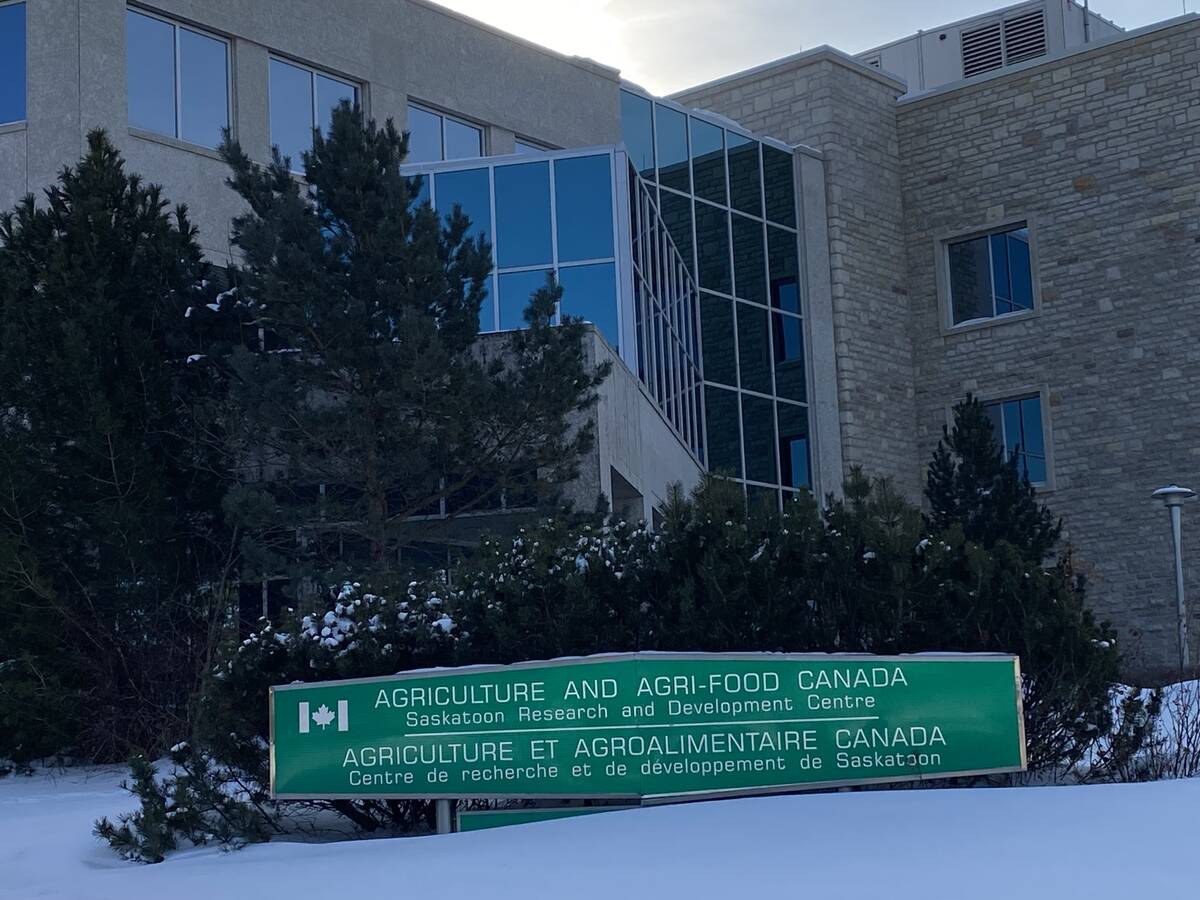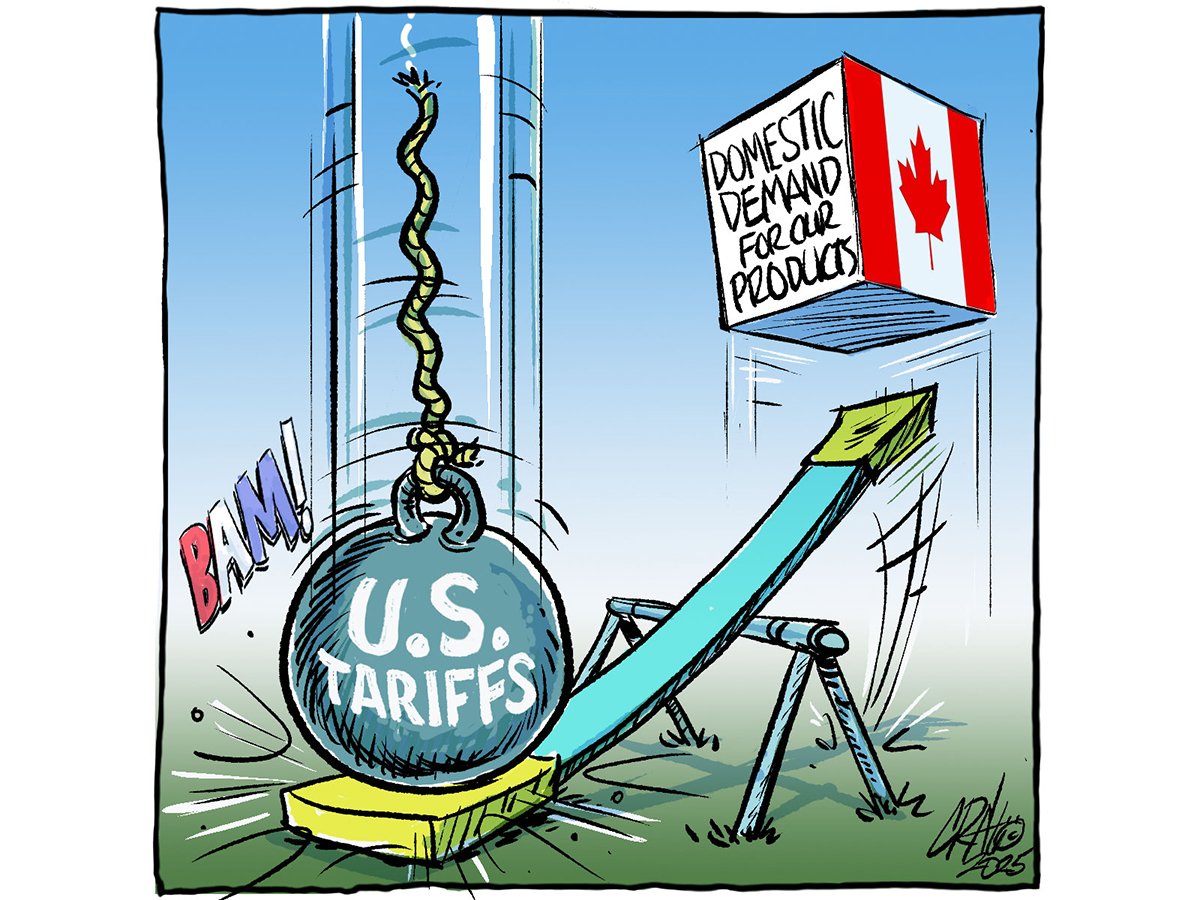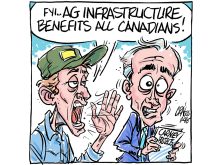The “buy Canadian” response to U.S. tariffs is affecting exports over the country’s northern border.
In June, the U.S. Department of Agriculture released its agricultural trade-deficit forecast for 2025.
It predicts an increase to the U.S. trade deficit to $49.5 billion for agricultural trade, up $500 million from its February forecast.
Read Also

Don’t undermine the backbone of agriculture
Agriculture Canada and the dedicated public servants who work every day to support Canadian agriculture are a crucial pillar of the sector and they need support — not austerity.
The explanatory text that is typically part of these forecasts was removed, causing analysts to complain that interference from U.S. president Donald Trump’s office has undermined the integrity of the department’s reports.
Reuters reported that the original, unredacted report attributed the growing agriculture trade deficit to tariffs and sentiments such as “buy Canadian” that have reduced demand for U.S. goods.
Trump’s stated goal was to decrease trade imbalances, but it’s not surprising the opposite has occurred.
This is because it can take a long time to build markets for agricultural products, but when trade disruptions happen, market share can be slashed overnight.
One of the most visible U.S. agri-food exports that Canadians have backed away from is American alcohol products.
A survey conducted in May of 1,970 Canadian adult drinkers by International Wine and Spirits Research found 69 per cent of Canadian consumers say they have stopped buying U.S.-made alcoholic beverages and they do not intend to return to them.
April saw a 93 per cent drop in American wine exports to Canada year over year, which has devastated some U.S. wineries.
This isn’t surprising, considering Canada is the largest buyer of exported U.S. wines.
In a recent Voice of the Consumer report from PwC Canada, 46 per cent of responders cite domestic sourcing as their top consideration for agri-food products, largely because they want to support the local economy and believe that locally produced food is healthier and higher quality.
In this survey, 75 per cent of responders are willing to pay a premium for locally produced food, although 62 per cent also said they would still select a lower-priced imported product over a more expensive domestic equivalent.
The “buy Canadian” movement has already benefited Canadian food producers.
For instance, vertical farms in Canada have experienced a huge increase in demand for their produce, especially for leafy greens, which has reduced reliance on imports.
There are more opportunities to increase domestic consumption of Canadian agri-food products, and producer groups should seize this opportunity to make more inroads with Canadians.
Canada Beef’s new YouTube ad is a good example of taking advantage of the current public sentiment toward supporting local production.
The ad thanks Canadians for buying Canadian beef and reminds consumers that their choices at the grocery store matter.
It is important to note that working to increase domestic demand is different from protecting local markets from imports.
More than 50 per cent of Canadian agricultural production is exported either directly or after processing.
For some crops produced in Western Canada, the percentage of production that’s exported is much higher.
It is always a good idea to increase domestic consumption of locally produced food. Diversifying Canada’s customer base reduces farmers’ exposure to unpredictable politicians.
However, like it or not, the United States continues to be Canada’s most important trading partner, so work on maintaining that relationship must continue.















